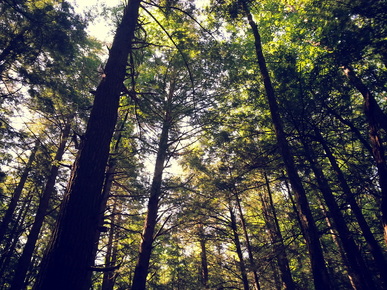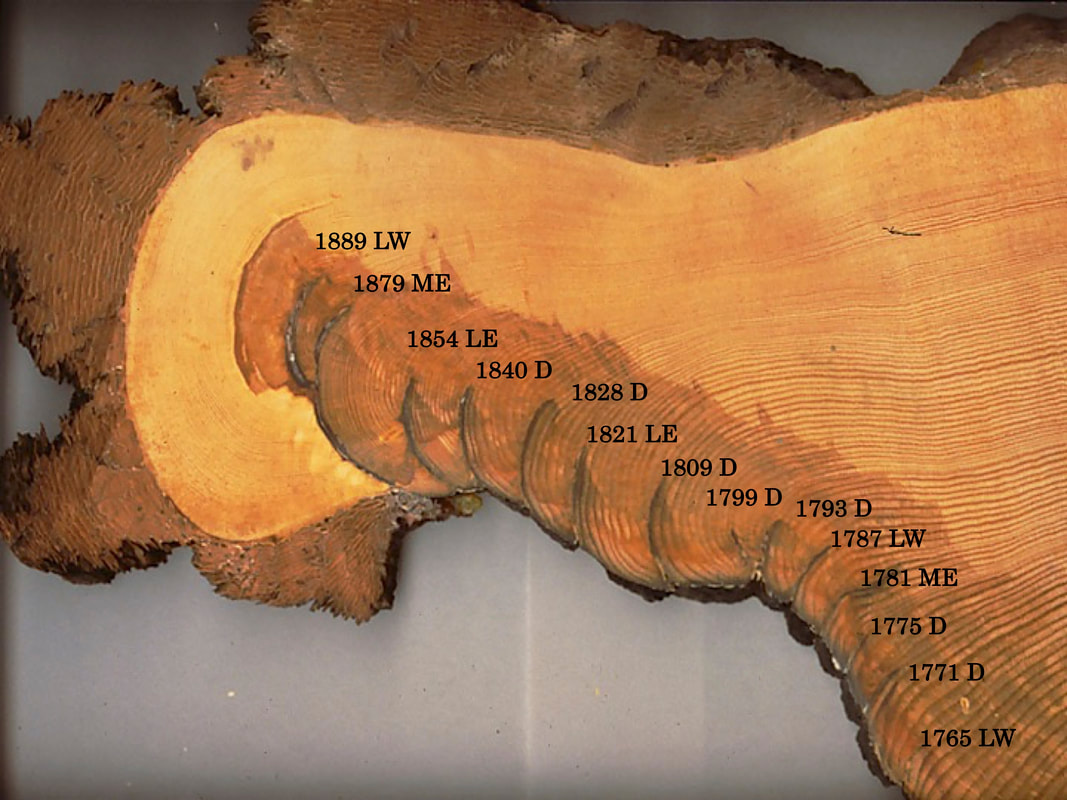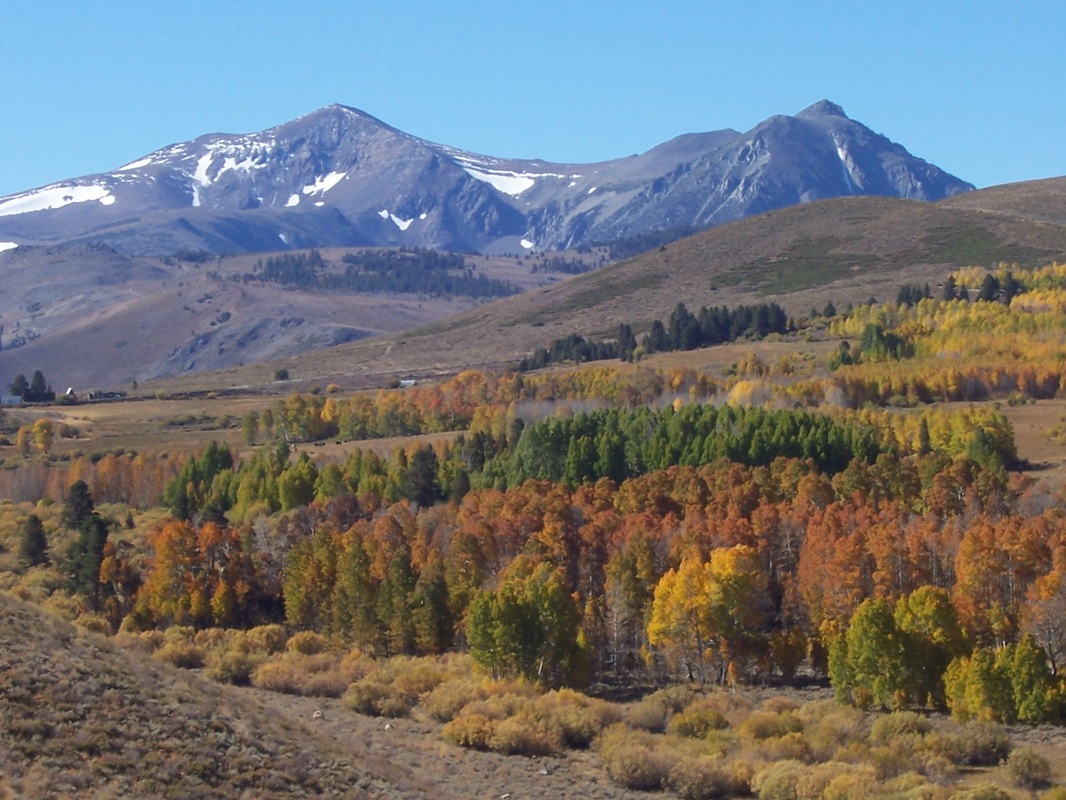Reconstruction of Atmospheric Circulation Patterns
The Northern Hemisphere Jet, a high altitude narrow path of strong winds that meanders around the globe, is a key factor in the strength and perseverance of mid-latitude extreme weather events. Some studies have suggested that the jet may slow and change trajectory with ongoing and future climate change. Such behavior has been exemplified by the California drought, the eastern US polar vortex, and the winter storms in England in the winter of 2013-2014. However, the role of man-made climate change in jet stream variability is contested and the instrumental period of measurement is too short to draw firm conclusions about current and future jet stream trends. We use tree rings to (1) reconstruct past jet stream variability over the past 500+ years and (2) to study the impact of jet stream variability on ecosystems in North America and Europe. We have also reconstructed and studied other atmospheric circulation patterns, such as the Hadley Cell, the North Atlantic Oscillation (NAO), and the Pacific-North American Pattern (PNA). Estimating carbon flux and storage
Temperate forests account for almost 35% of the carbon sequestered globally each year, but the sequestration response to combined effects of changing climate and ecological pressures remain poorly quantified. The resilience of these forests to climate change will determine the extent to which temperate forests act as carbon sinks or sources. We use tree rings to generate aboveground biomass estimates that help constrain current carbon cycling models. We further use the isotopic content of tree rings to study water use efficiency of trees. We aim to better understand how trees are using the available carbon and generate a more realistic picture of the carbon pools and fluxes within various forest types. We do this work primarily in collaboration with former lab members Flurin Babst, Soumaya Belmecheri, and Guobao Xu. |
Reconstruction of climate extremes
Climate extremes, such as droughts, floods, storms, and wildfires, are the aspects of our climate system that are the most impactful and damaging to our society. To put recent climate extremes in a longer-term context and to improve estimates of their frequency and intensity, we use tree rings to reconstruct past climate extremes. For instance, we have used tree rings from the Southeastern US to study the history of hurricanes and the floods associated with them. Using tree rings from California, we have shown that 2015 was a 500-year snowpack low in the Sierra Nevada. Using tree-ring dated fire scars, we study fire history in California, western Turkey, and northwestern China.
Past California hydroclimate and wildfire regimesCalifornia has been experiencing a severe drought since 2012 that has culminated in a 500-year snowpack low in 2015. The California drought poses persistent threats to its economy and environment, including water shortages for urban and agriculture consumers, low hydroelectric power generation, and enhanced risk of wildfire and tree mortality. We use tree-ring data to reconstruct hydroclimate in California as well as historical fire regimes and how they have been impacted by land-use changes and by climate. We further evaluate hydroclimatic variability and the potential role of the North Pacific Jet in the production of extreme drought and fire years in California. Associations between the jet stream and California hydroclimate and wildfire allow us to evaluate potential changes in the likelihood of extreme drought and fire years through the rest of the 21st century as anthropogenic climate change progresses.
|



